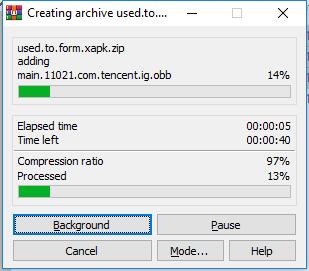
They include the version of the operating system you use when you boot up the device. You may already have a virtual device setup from the initial setup of Android Studio. These are devices that will be used in order to run an emulator. You’ll see a popup window that will show you the list of virtual devices. Then press the “AVD Manager” in the sub-menu.

Then, press “Configure” in the bottom right corner. Once you have Android Studio installed, we’ll need to setup an emulator.

For Windows, I suggest using the Chocolatey package manager and running choco install adb.For macOS, I suggest using the Homebrew package manager and running brew cask install android-platform-tools.This will include adb command directly on your path for you to utilize Download and install the android-platform-tools.You’ll want to install all of the related Intel Virtualization packages, as it will greatly increase your speed of the emulator. In order to do this, you’ll need to install a few things first:ĭuring installation, it will ask you if you want to setup an emulator. Following these steps will allow you to do just that! Pre-Requisites The only problem then, is how to get the host file to match your desktop environment. With the ability to use a remote Chrome debugger from your desktop to a mobile device, you can use an emulator and still have your full Chrome debugging capabilities. However, due to some cross-origin resource sharing (CORS) issues on my server, I had to serve my development environment from a changed hostfile that had a specific subdomain of my project.

While working on a bug in one of my projects recently, I found an issue that I could only recreate on an Android device.


 0 kommentar(er)
0 kommentar(er)
